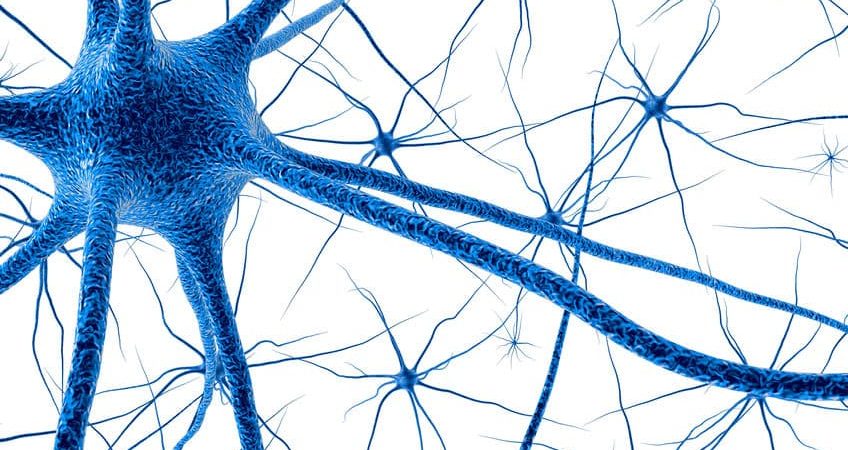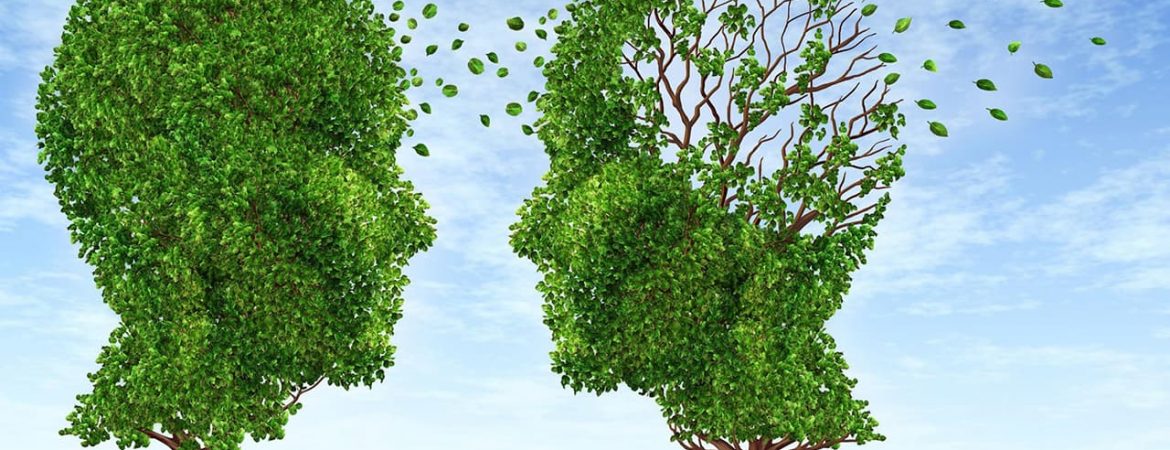Table of Contents
What is Attention Deficit Hyperactivity Disorder?
ADHD is the most common childhood developmental disorder, affecting around 5% of Australians. Characterized by inattentive, hyperactive and impulsive behaviour, ADHD can be diagnosed in children as young as 6 years old. Because ADHD is a developmental disorder, it typically begins in childhood and may become a long-term condition persisting into adolescence and adulthood. Thus, more than 50% of children with ADHD progress into adulthood still living with symptoms of ADHD. ADHD can also affect both boys and girls, but it is more commonly diagnosed in boys.
People with ADHD commonly have trouble with concentrating on a task, inhibiting impulsive and hyperactive behaviour and regulating emotions. Evidently, such difficulties can be disruptive in every day life and negatively affect a person’s relationship with the people around them.
What are the causes of ADHD?
Currently, the exact cause of ADHD is unknown. However, studies have found that not one factor is the sole cause of ADHD. There are multiple risk factors that may increase the chances of a child developing ADHD.
Genetics: ADHD has a high heritability, which means if a parent has been diagnosed with ADHD, it is highly likely that their child would have ADHD as well. Thus, genetics have long been linked to being a risk factor for ADHD. Genetic studies have found that the interaction of more than one gene could be contributing towards the development of ADHD.
Environment: Environmental risk factors that could contribute towards ADHD development, for example, the consumption of drugs and alcohol during pregnancy, nutrient deficiency in diet and hostile early childhood experiences like familial conflict or poverty.
It is also highly likely that the overall risk of a child developing ADHD is dependent on the complex interaction between both genetic and environmental factors, highlighting the idea that not one sole factor can be attributed to causing ADHD.
The 3 Main Types of ADHD
People with ADHD can present with different signs and symptoms. Mainly, there are 3 types of ADHD presentations.
The Inattentive type presents with difficulties in paying attention, but is not hyperactive or impulsive.
The Hyperactive/Impulsive type presents with hyperactive and impulsive behaviour, but does not struggle with attentiveness.
The Combined type involves a combination of both inattentive and hyperactive/impulsive presentations of ADHD symptoms.
The most important signs of ADHD
Detecting the signs and symptoms of ADHD plays a crucial role towards initiating the life-changing process of treatment and intervention. With detecting any disorder, a sign involves an observable trait of the disorder that is perceived by another person, such as a general physician. Signs can include heart rate, blood pressure and body temperature. A symptom involves a subjective experience of the disorder that can only be experienced and described by the patient themselves, and not by another person. Symptoms can include headaches, stomach pains and fatigue. Signs can be indicative of symptoms. For example, if a doctor observes that a patient has an increased heart rate, it could be indicative that the patient is experiencing feelings of anxiety.
Impairment of Executive Functioning
The fundamental deficit of ADHD is the impairment of executive functions. Executive functioning is defined by the cognitive processes of the brain that allow for self-regulation and behavioural inhibition, such as working memory and emotional regulation. Essentially, these executive functions are what allows people to control what they say, do and feel in every day life. These deficits in executive functioning result in the signs and symptoms of inattention, hyperactivity and impulsivity that many people with ADHD experience.
Inattentive Symptoms of ADHD
- Inability to focus or sustaining attention
- Easily distracted by unrelated stimuli
- Difficulty with organising and completing tasks
- Avoidance of tedious tasks that require sustained attentional effort
- Disorganised
- Often losing belongings
- Daydreaming
- Forgetfulness
- Poor time management
Hyperactive-Impulsive Symptoms of ADHD
- Inability to sit or stand still
- Often fidgeting or squirming in their seat
- Talking excessively or loudly
- Interrupting others in conversation
- Intruding on others (lack of boundaries)
- Impatience
References
American Psychiatric Association. (2022). Diagnostic and statistical manual of mental disorders (5th ed., text rev.). doi.org/10.1176/appi.books.9780890425787
Willcutt, E. G. (2012). The Prevalence of DSM-IV Attention-Deficit/Hyperactivity Disorder: A Meta-Analytic Review. Neurotherapeutics, 9(3), 490–499. doi:10.1007/s13311-012-0135-8
Shaw, P., Stringaris, A., Nigg, J., & Leibenluft, E. (2014). Emotion Dysregulation in Attention Deficit Hyperactivity Disorder. American Journal of Psychiatry, 171(3), 276–293. doi:10.1176/appi.ajp.2013.13070966
Franke, B., Michelini, G., Asherson, P., Banaschewski, T., Bilbow, A., Buitelaar, J. K., … Reif, A. (2018). Live fast, die young? A review on the developmental trajectories of ADHD across the lifespan. European Neuropsychopharmacology. doi:10.1016/j.euroneuro.2018.08.001
Practitioner review: what have we learnt about the causes of ADHD?. Journal of Child Psychology and Psychiatry, 54(1), 3-16. doi:10.1111/j.1469-7610.2012.02611.x
Antshel, K. M., Hier, B. O., & Barkley, R. A. (2013). Executive Functioning Theory and ADHD. Handbook of Executive Functioning, 107–120. doi:10.1007/978-1-4614-8106-5_7
https://www.adhdaustralia.org.au/about-adhd/what-is-attention-deficit-hyperactivity-disorder-adhd/
https://psychology.org.au/for-the-public/psychology-topics/adhd-in-children
https://www.healthdirect.gov.au/attention-deficit-disorder-add-or-adhd
https://www.rch.org.au/kidsinfo/fact_sheets/ADHD_Attention_Deficit_Hyperactivity_Disorder/
How Can Attention Deficit Hyperactivity Disorder Symptoms Affect Different Kinds of People?
Attention Deficit Hyperactivity Disorder (ADHD) is one of the most common and prevalent developmental disorders. Affecting around 5% of the general population, it is inevitable for ADHD to be prevalent across various demographics of people within the population. Do all people with ADHD have similar experiences with their ADHD symptoms? Do signs of ADHD in adults differ from signs of ADHD in kids?
ADHD Symptoms in Children & Adolescents
Symptoms of ADHD for children and adolescents can be damaging to their day-to-day lives at home or in school, and affect their relationships with family, peers and teachers.In childhood, the combined type of ADHD presentation tends to be more common than the other types of childhood ADHD symptoms. This means that children diagnosed with ADHD present with symptoms that are both inattentive and hyperactive/impulsive. Within a day-to-day setting, this could mean that the child could have difficulties with:
- Paying attention in class
- Concentration
- Completing school work or class activities
- Following instructions from the teacher
- Daydreaming in class
- Forgetfulness
- Fidgeting in their seat
- Talking excessively
- Inappropriately interrupting conversations or activities
- Being impatient with others
- Emotional outbursts
In adolescence, however, the inattentive type of ADHD presentation tends to be more common. For teens, they might have difficulties with:
- Paying attention in class
- Concentration
- Completing school work or daily tasks
- Following instructions, noticing and addressing the details
- Daydreaming in class
- Forgetfulness
- Organization
ADHD Symptoms of ADHD in Adults
Symptoms of ADHD for adults can detrimentally affect one’s personal and social relationships within both home and work settings. In adulthood, the expression of certain symptoms of ADHD in adults differs to those in earlier years. While most symptoms remain the same, the intensity of these symptoms decrease. This is particularly so for hyperactive symptoms. Adults with ADHD can have difficulties with:
- Paying attention, particularly to details
- Concentrating for longer period of time
- Disorganisation
- Prioritisation
- Starting and completing tasks that require sustained effort
- Impulsiveness
- Emotional regulation
Gender and ADHD Symptoms
ADHD Symptoms in Boys and Men
Studies have shown that males tend to present the more explicit symptoms of ADHD. Specifically, more males tend to have the hyperactive-impulsive type of ADHD. Hence, they are disposed to experience the more clear and direct ADHD symptoms involving hyperactivity and impulsivity.
Some signs of ADHD to look out for in boys include:
- Fidgeting and being unable to sit still
- Excessive talking
- Hyperactive behaviour (like running around)
- Aggressive behaviour
ADHD Symptoms in Girls and Women
Studies have shown that females tend to present the more implicit symptoms of ADHD, meaning that they tend to have the inattentive type of ADHD. Hence, girls tend to experience more hidden and indirect ADHD symptoms related to being inattentive. Researchers have suggested that because girls with ADHD tend to show signs that are harder to identify, they often go undiagnosed, which has resulted in the higher prevalence rate of ADHD in boys.
Some signs of ADHD to look out for in girls include:
- Difficulties with focusing and concentrating
- Daydreaming
- Low self-esteem
- Being withdrawn and quiet
References
- Ramtekkar, U. P., Reiersen, A. M., Todorov, A. A., & Todd, R. D. (2010). Sex and age differences in attention-deficit/hyperactivity disorder symptoms and diagnoses: implications for DSM-V and ICD-11. Journal of the American Academy of Child & Adolescent Psychiatry, 49(3), 217-228. doi.org/10.1016/j.jaac.2009.11.011
- Hurtig, T., Ebeling, H., Taanila, A., Miettunen, J., Smalley, S. L., McGOUGH, J. J., … & Moilanen, I. K. (2007). ADHD symptoms and subtypes: relationship between childhood and adolescent symptoms. Journal of the American Academy of Child & Adolescent Psychiatry, 46(12), 1605-1613. doi.org/10.1097/chi.0b013e318157517a
- Gentile, J. P., Atiq, R., & Gillig, P. M. (2006). Adult ADHD: Diagnosis, Differential Diagnosis, and Medication Management. Psychiatry (Edgmont (Pa. : Township)), 3(8), 25–30.
- Skogli, E. W., Teicher, M. H., Andersen, P. N., Hovik, K. T., & Øie, M. (2013). ADHD in girls and boys–gender differences in co-existing symptoms and executive function measures. BMC psychiatry, 13, 298. doi.org/10.1186/1471-244X-13-298
- Rucklidge J. J. (2010). Gender differences in attention-deficit/hyperactivity disorder. The Psychiatric clinics of North America, 33(2), 357–373. doi.org/10.1016/j.psc.2010.01.006
- Goetz, T. G., & Adams, N. (2022). The transgender and gender diverse and attention deficit hyperactivity disorder nexus: A systematic review. Journal of Gay & Lesbian Mental Health, 1-18.
© 2022 ADHD-BED Integrated® Team



